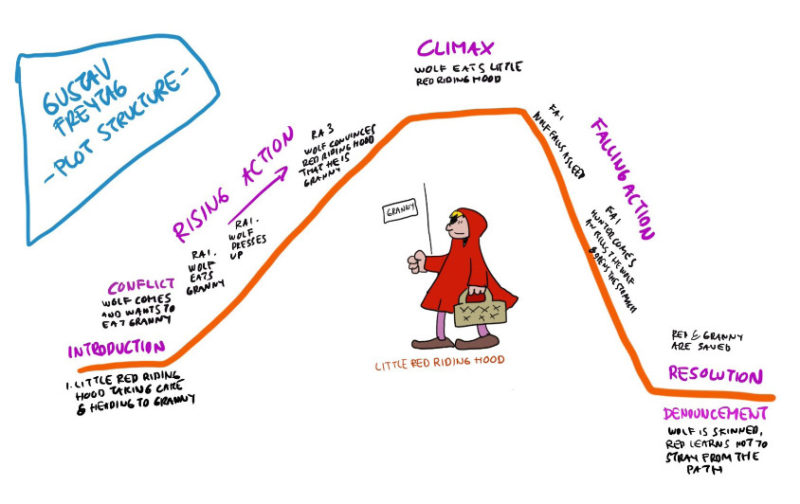The source/history of the approach
The foundation of the theoretical discussion on drama was laid by Aristotle in his Poetry. His thoughts are, in principle, still valid. The story should consist of the ethos (character, meaning the moral or ethical charac-
ter) of the agents (of the plot, mythos) changing either towards good or bad during his journey (pathos).
Ethos means personal motivations and traits that create cause-and-effect chains of actions concluding, either with pity or fear, in tragedy. When the play stimulates these emotions, the audience experiences a catharsis, becoming liberated from these feelings.
Later dramatic theories share the concept of the plot and the moral journey of the character creating a sense of poetic justice.
The “archetypal” story has a core which has three parts:
- Problem (Tension). This is something which drives the change and creates a “new character”. It is a goal, obstacle or a problem that makes the viewer wonder what will happen next and creates curiosity, compelling an audience to keep following the story.
- Solution (Resolution), which addresses the problem and creates more questions but doesn’t necessarily solve the problem.
- Transformation (Changing, Learning). A character learns something or grows morally as a character. If nothing changes, the audience fades away. The best stories are those which change the audience.
Aristotle’s Drama Curve

Gustav Freytag’s story triangle, from the 19th century, is one example of later theories of manuscripting that are based on Aristotle’s ideas. It is one to which Hollywood returns time after time (image: famous example of this is how Little Red Riding Hood fol– lows the curve).

The aims of the methodology
The aim of the methodology is to provide tools for creating stories of transformation which have a positive effect on the audience. The effect can be emo- tional or it can change the audience’s behavior.
The structure of the methodology
The story development process happens in steps:
- Story core (pitch)
- Story map (structure) – character’s transforma–
tion from the beginning, through obstacles to the
moral ending. - Story script (telling the story)
- Story table (dividing the story into the frames/scenes)
Aspects to take into consideration when using this approach in youth work
Creating the manuscript is a process which can take lots of time, but it is an easy task to perform since it can be done in any place and you do not need any advanced equipment in order to create the storyline.
Possible combinations with other methodologies
Manuscripting is closely connected to other methodologies of digital storytelling. In fact, creating the story is a starting point of animation and one-minute-movie processes and workshops. Also visualizations can benefit of manuscripting approach. This content can be found in other chapters of this Toolbox:
- Visualisation
- Animation
- Concrete manuscripting methods: Screenwriting, One-minute Movie
2 or 3 Examples of the methodology being applied in youth work, in different contexts
Various cities offer drama writing classes for young people.
Drama therapy uses theatre techniques in order to facilitate personal growth and promote mental health. It is used in hospitals, schools, mental health centers, prisons, and businesses.

Author
The methodological description is based on the text produced by Jarmo Röksä. Developing Youth Work Innovation. E-handbook. Project Future Labs. Erasmus+, KA2, 2019. Publication of Humak University of Applied Sciences, page 71.





